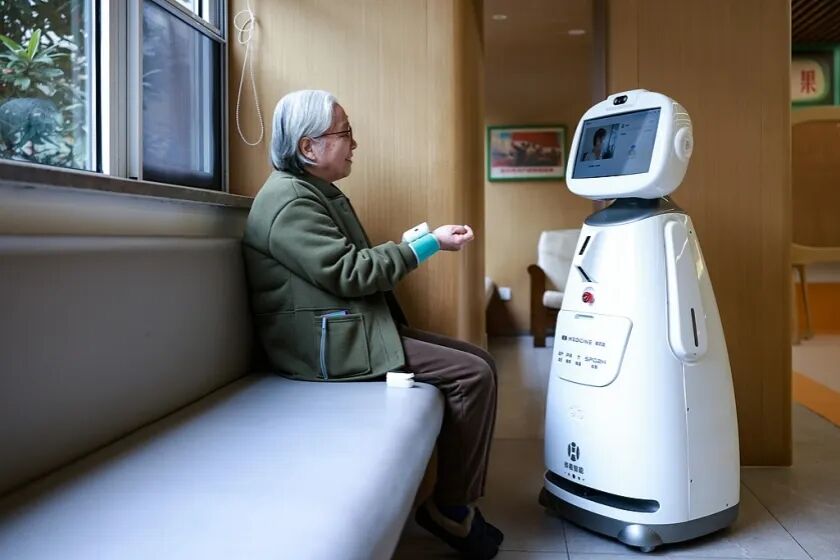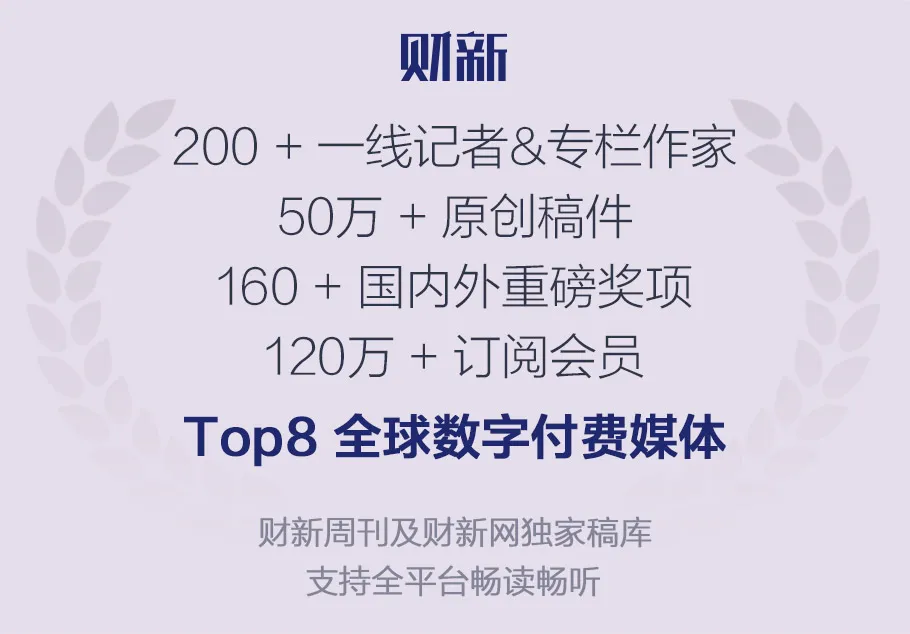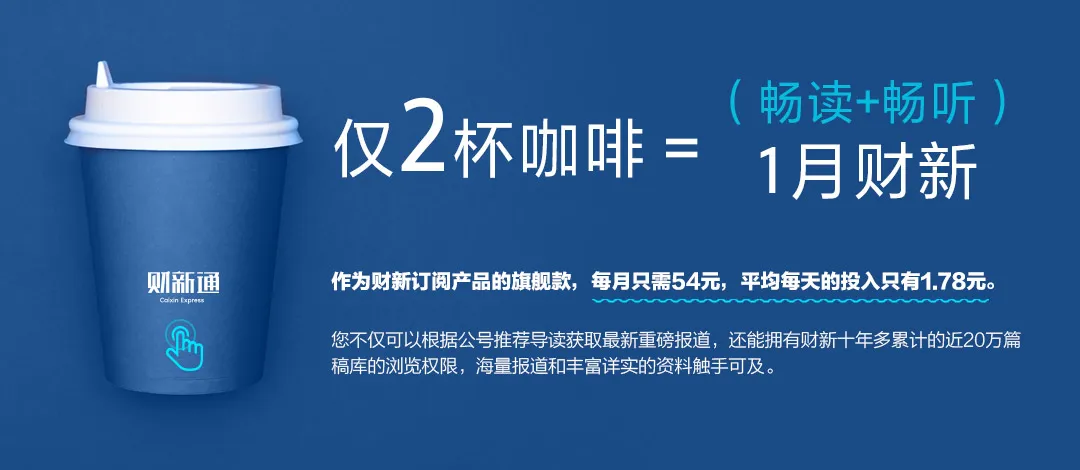Click the blue text above to follow us
 Image from Visual China
Image from Visual China
The concept of robots is gaining popularity in the market, but the journey to practical applications in elderly care remains long, requiring alignment with the actual purchasing power of the elderly, specific application scenarios, and existing product categories.
By Caixin, Zhou Xinda
Humanoid robots have been gaining immense popularity since the beginning of this year. How to integrate them with the demand for elderly care services to address the increasingly pressing aging process has become a focal point of the silver economy. At the roundtable of the 2025 Elderly Care Industry Forum titled “Empowering Elderly Care with Technology: How to Be Smarter?” held by Caixin Media on April 24, several scholars and industry professionals discussed the prospects for the implementation of elderly care robots.
Currently, China’s elderly care services face a severe mismatch between supply and demand. By 2035, the number of people aged 60 and above in the country will exceed 400 million, but data from the State Council in 2024 reveals that the potential demand for elderly care personnel is over 10 million, while the actual number is only over 300,000. Most of the workforce consists of rural women with less than a high school education, and the supply of young university graduates specialized in elderly care is far less than the demand, leading to instability and high turnover in the profession.
Currently, the popular elderly care robots on the market mainly fall into three categories: rehabilitation, nursing, and companionship, with prices ranging from 20,000 to over 100,000 yuan, and very few products with embodied intelligence. A search on e-commerce platforms by Caixin found that a smart robot designed to assist with walking is priced at 21,000 yuan, while an exoskeleton walking assist robot costs 35,000 yuan. A robot that includes health monitoring functions such as blood oxygen, ECG, uric acid, and total cholesterol, as well as safety monitoring and family care services, is priced close to 100,000 yuan. Current market entrants include Estun, Midea Group, Xiangyu Medical, Ezviz, and Kangtai Medical.
Zhao Chunbo, CEO of Shanghai DeYin Technology Co., Ltd., introduced that the company currently offers three types of robots aimed at the disabled, semi-disabled, and active elderly: two-in-one care, unmanned driving wheelchairs, and companionship communication. The first two have been tested in nursing homes for over 1.5 years in collaboration with the Shanghai Pudong Civil Affairs Bureau, and the companionship robot is expected to begin mass production by the end of 2025.
……
The full text contains 1861 words
New membersSubscribe to read the full textExisting subscribers can read directly.
Recommended past selections
The unprecedented difficulties faced by public hospitals
Shanghai and Beijing’s consumption declines against the trend: Are super first-tier cities struggling to sell?
The story behind the downfall of high-ranking officials and their spouses
Caixin Weekly | After the peak of gold


